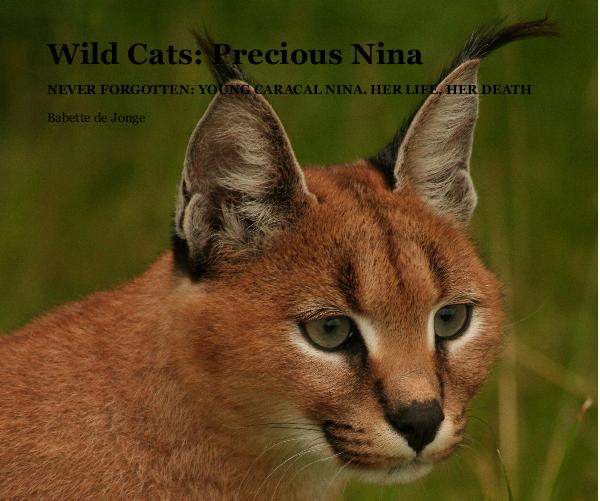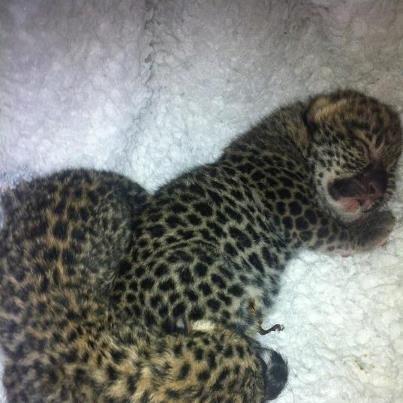22nd May 2013 | Posted by Babette de Jonge
A biologist from University of Chester has developed a genetic test which addresses the fundamental issue in the conservation of the Scottish wildcat – how can we identify pure wildcats from hybrids?
Dr O’Donoghue’s team at Chester has spent two years working on the research with data analysts at FIOS Genomics in Edinburgh to complete the cutting edge test which is the first of its kind in the world.
Until now there has been no truly definitive way of identifying whether existing individual cats are pure wildcats or hybrids and estimates currently suggest there are, at best, only 100 pure Scottish wildcats remaining in the wild – this test could prove to be a vital tool in the fight to save the species.
The work was funded with support from the Aspinall Foundation, the People’s Trust for Endangered Species, the Bosack Kruger Foundation and the Summerlee Foundation.

![savetheleopard[1]](https://www.wildcatsmagazine.nl/images/savetheleopard.jpg) A tragic story to read and share worldwide – as this is the reality of the (African) wild leopards in South Africa and how interested people & projects are to try and save this species, like all others, and how is being messed with us, who truly wants to do what’s in our power for the leopards and wild cats. It is very, very tragic and it makes us very sad. By a “befriended” wildcatfarm in SA a few days ago we received this photo of a captured wild female leopard and the
A tragic story to read and share worldwide – as this is the reality of the (African) wild leopards in South Africa and how interested people & projects are to try and save this species, like all others, and how is being messed with us, who truly wants to do what’s in our power for the leopards and wild cats. It is very, very tragic and it makes us very sad. By a “befriended” wildcatfarm in SA a few days ago we received this photo of a captured wild female leopard and the
